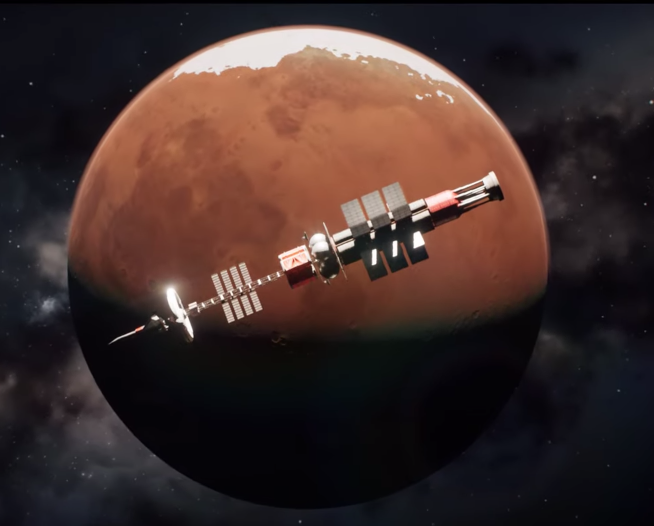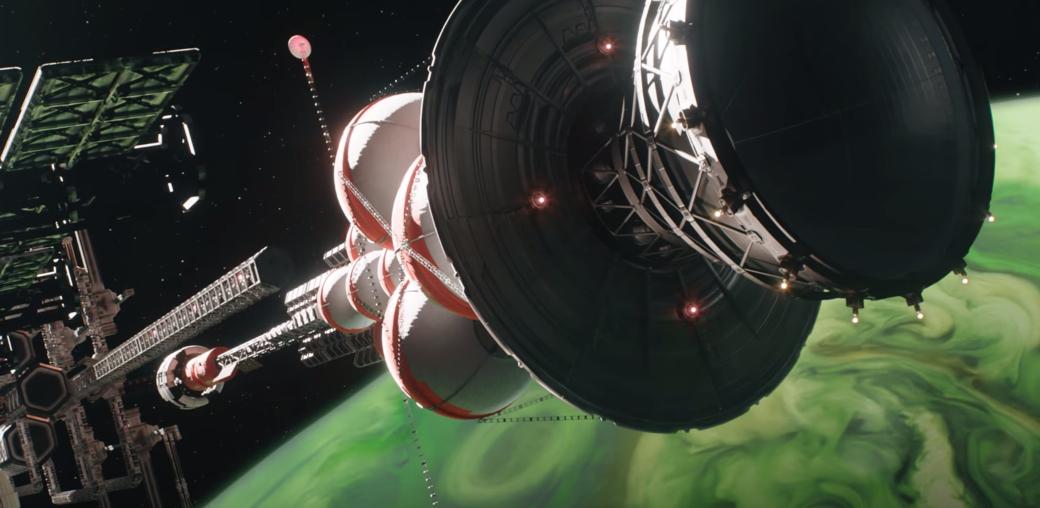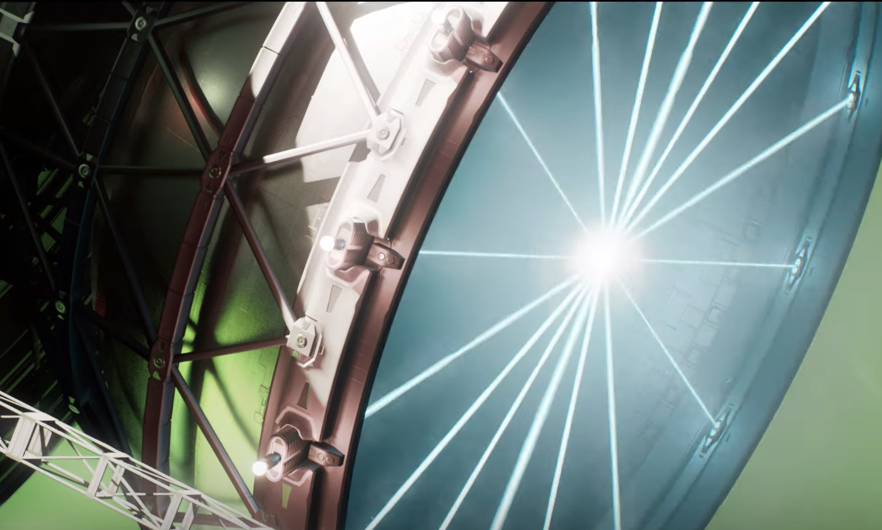And most importantly - lots of radiators for thermal management. I'm sure @nyrath can recognise the lineage of some of these 







• • •
Missing some Tweet in this thread? You can try to
force a refresh






























